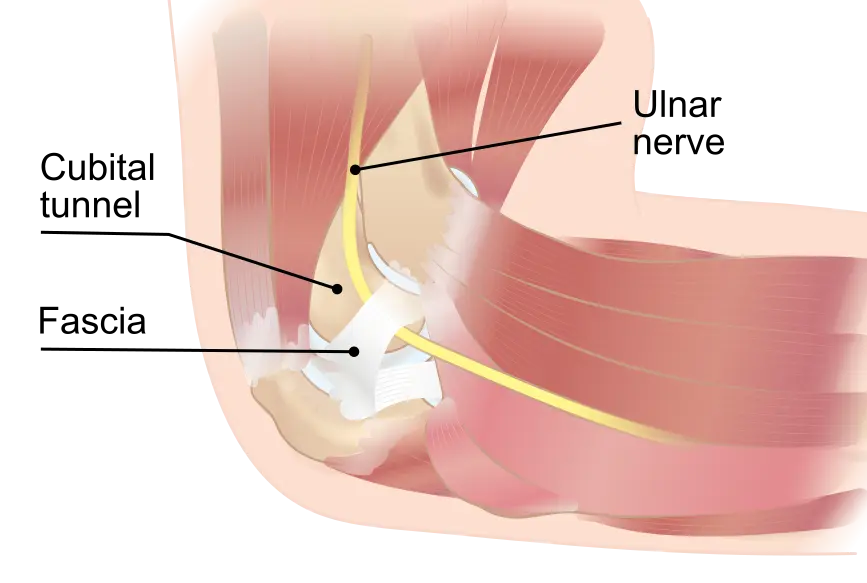Electromyography (EMG) and Nerve Conduction Studies (NCS) are versatile diagnostic tools widely utilized in neurology to assess a broad spectrum of nerve and muscle disorders. While Carpal Tunnel Syndrome (CTS) is perhaps the most commonly associated condition with EMG/NCS, these tests are invaluable in diagnosing a range of median nerve conditions beyond CTS. This article explores the diverse applications of EMG/NCS in diagnosing various median nerve disorders, highlighting their significance in clinical practice.
Diagnosing Median Nerve Conditions with EMG/NCS
The median nerve, originating from the brachial plexus, supplies motor and sensory innervation to the hand and plays a crucial role in hand function. Dysfunction or damage to the median nerve can result in a myriad of symptoms, including pain, numbness, weakness, and impaired motor function. EMG/NCS offers a comprehensive evaluation of median nerve function, aiding in the diagnosis and characterization of various conditions affecting this nerve.
- Pronator Teres Syndrome:
Pronator Teres Syndrome is a compression neuropathy of the median nerve as it passes through the pronator teres muscle in the forearm. It shares similarities with CTS but involves compression at a more proximal location. EMG/NCS can help differentiate Pronator Teres Syndrome from CTS by assessing the median nerve’s function at different points along its course. NCS may reveal abnormalities in median nerve conduction across the elbow, while EMG can detect denervation changes in the muscles innervated by the median nerve in the forearm.
- Anterior Interosseous Nerve Syndrome:
Anterior Interosseous Nerve Syndrome (AINS) is characterized by weakness and paralysis of the muscles supplied by the anterior interosseous nerve (a branch of the median nerve), leading to impaired thumb and index finger flexion. EMG/NCS can confirm the diagnosis by demonstrating abnormalities specific to the muscles innervated by the anterior interosseous nerve. Additionally, NCS can rule out other causes of motor neuropathy, ensuring an accurate diagnosis.
- Radial Tunnel Syndrome:
Radial Tunnel Syndrome is a condition where the radial nerve is compressed in the radial tunnel of the forearm. Although not directly affecting the median nerve, radial tunnel syndrome can lead to referred symptoms in the distribution of the median nerve due to the nerve’s close proximity. EMG/NCS can help differentiate between compression of the radial nerve and primary median nerve pathology, guiding appropriate management strategies.
- Guyon’s Canal Syndrome:
Guyon’s Canal Syndrome involves compression of the ulnar nerve as it passes through Guyon’s canal, which lies adjacent to the median nerve at the wrist. EMG/NCS can aid in distinguishing between ulnar and median nerve involvement, providing critical information for accurate diagnosis and treatment planning.
- Median Nerve Entrapment in the Forearm:
Various anatomical anomalies or trauma can lead to median nerve entrapment in the forearm, causing symptoms such as pain, numbness, and weakness. EMG/NCS can localize the site of entrapment and assess the severity of median nerve dysfunction. By identifying specific patterns of nerve conduction abnormalities and muscle denervation, EMG/NCS facilitates targeted interventions, such as surgical release or conservative management.
Conclusion
In conclusion, EMG/NCS serves as a cornerstone in diagnosing median nerve conditions beyond Carpal Tunnel Syndrome. Through their ability to evaluate nerve conduction and muscle activity, these tests provide valuable insights into the underlying pathophysiology, aiding in accurate diagnosis and treatment planning. From pronator teres syndrome and beyond, EMG/NCS play a pivotal role in the comprehensive evaluation of median nerve disorders, enhancing patient care and outcomes in clinical practice.
Contact us today for more information.
Photo by: Marco Verch





